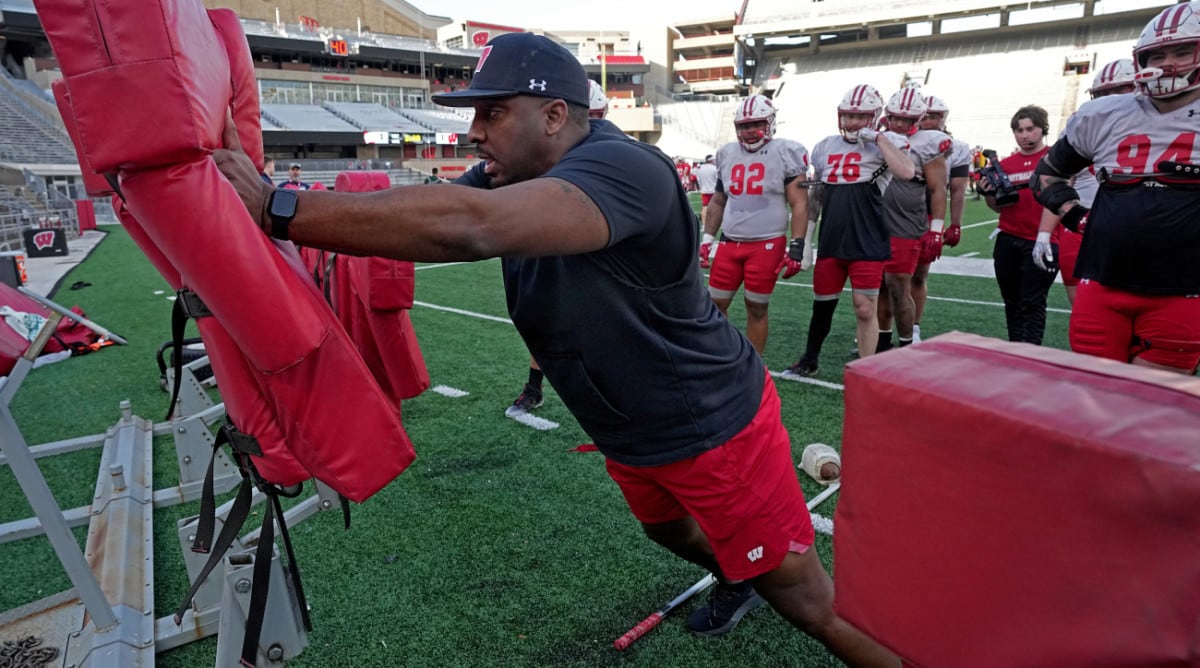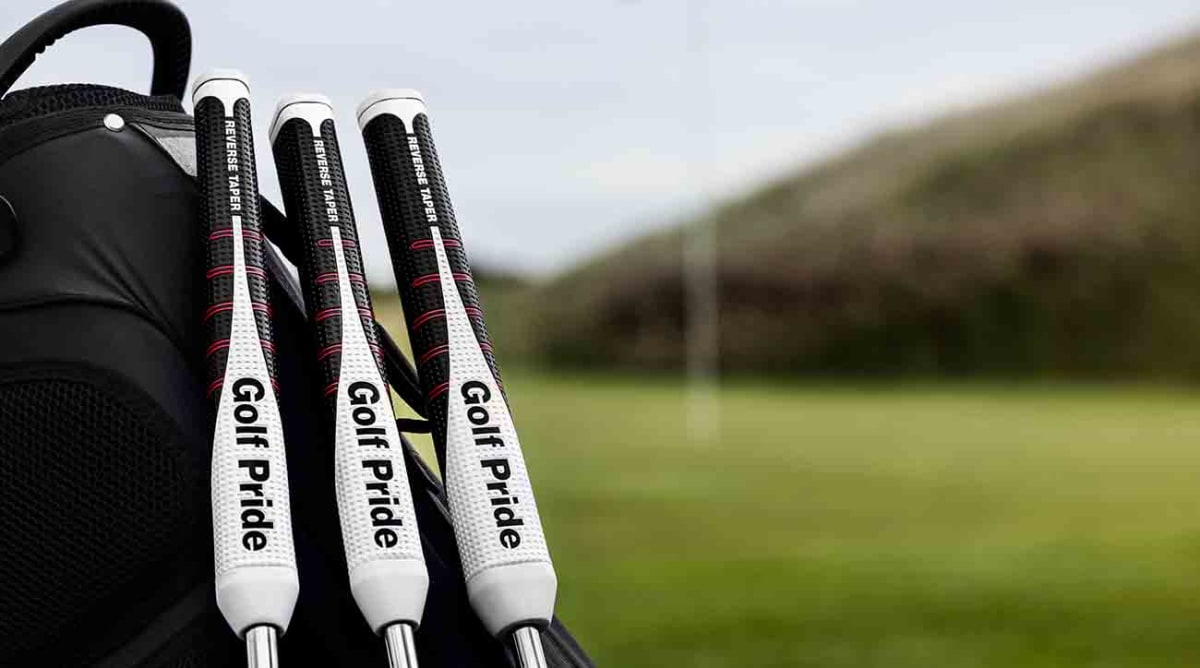(NewsNation) — Amid reports this week that Russia and the United States have been on the verge of agreement on a prisoner exchange, NewsNation took a deep dive into what conditions are like for Americans trapped in that nation’s jails.
One prison in particular — roughly 300 miles southeast of Moscow, in the remote Russian republic of Mordovia — is a woman’s penal colony described as one of the most feared brutal prisons in Russia: IK-2.
Inside the hard-labor facility of roughly 800 women is American basketball star Brittney Griner — a WNBA all-star and two-time Olympic gold medalist.
Griner is serving a sentence for drug possession after Russian customs agents say they found cannabis oil inside her luggage at Moscow’s airport in February.
Griner, who’d been entering the country to play with the Russian premier league, pleaded guilty in July to the charge. Griner claimed she had been prescribed the drug for pain and had no criminal intent.
A month later, she was sentenced to nine years in prison and ultimately transferred to the notorious women’s corrective colony.
Mordovia, known as the land of prisons, has roughly two dozen of them. It’s also the same area where former U.S. Marine Paul Whelan is serving a 16-year prison sentence on espionage charges, which he denies.
According to the prison rights group, Russia Behind Bars, the women live in barracks of around 80 to 100 people crowded with bunk beds. There’s a shower room and a bathroom with several toilets. Prisoners are prohibited from lying or sitting on their beds from 6 a.m. until 9 p.m.
“All these camps have forced labor. They see it sort of not unlike we do with our prison industry. Only, it’s slave labor,” Jonathan Franks told NewsNation’s “Rush Hour” on Friday.
Franks is president of Lucid Strategies, which was instrumental in freeing former U.S. Marine Trevor Reed from a Russian prison. Reid spent nearly three years in a penal colony before being released in a prisoner swap.
“During the day, they had work. Most of the inmates were kept in a bunkhouse, squalid inside. The food was bad and by bad I mean rotten. It was a very difficult existence,” Franks said.
He went on to say Griner is likely enduring a similar experience, including hard labor, working up to 16 hours per day — possibly in a charcoal or soap factory or doing general prison maintenance — and then eating whatever is brought in for her in a communal dining room.
“They do provide some food, but, again, food so rotten that the cats wouldn’t eat it. So she is not going to be well fed in that place. This isn’t necessarily a customer-service-friendly regime. Like in a lot of places in the world, they take an attitude that prison is prison. It’s going to be uncomfortable, it’s going to be gross and it’s going to be cold,” Franks said.
In some instances, the women are punished if they don’t work hard enough or meet their work quota or refuse to work. There could be punishments from withholding food to solitary confinement, and in some cases, beatings by other prisoners. It’s been described as hellish.
“These facilities were built to break people. They were designed to be brutal and oppressive. So as we’re thinking about what this might do to somebody, on the mental health side, it is very rare that somebody could go through an experience like this and not need some help on the backside. … She’s in the fight of her life,” Franks said.



































